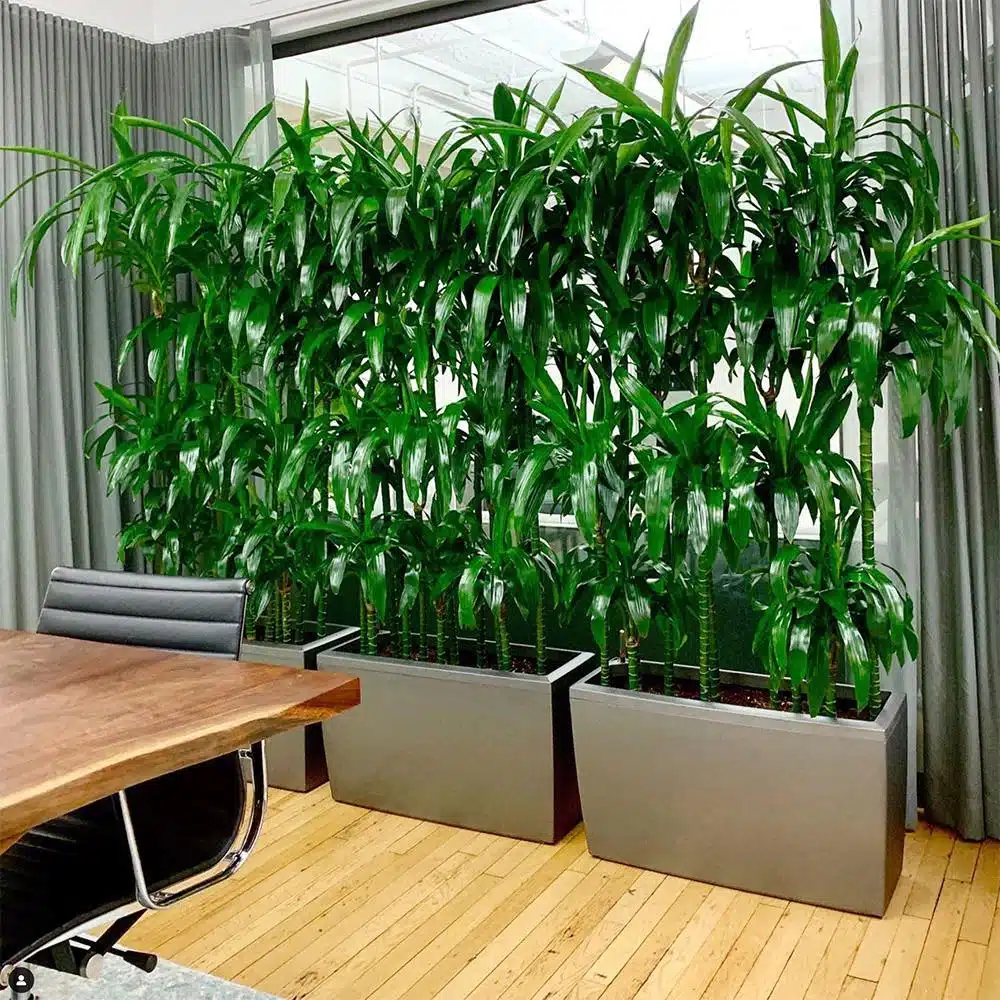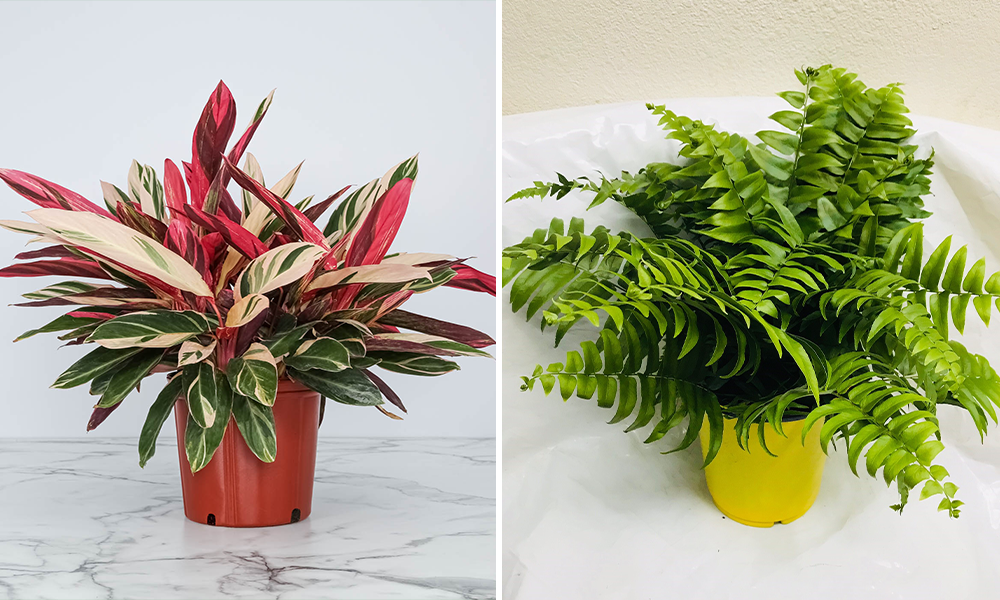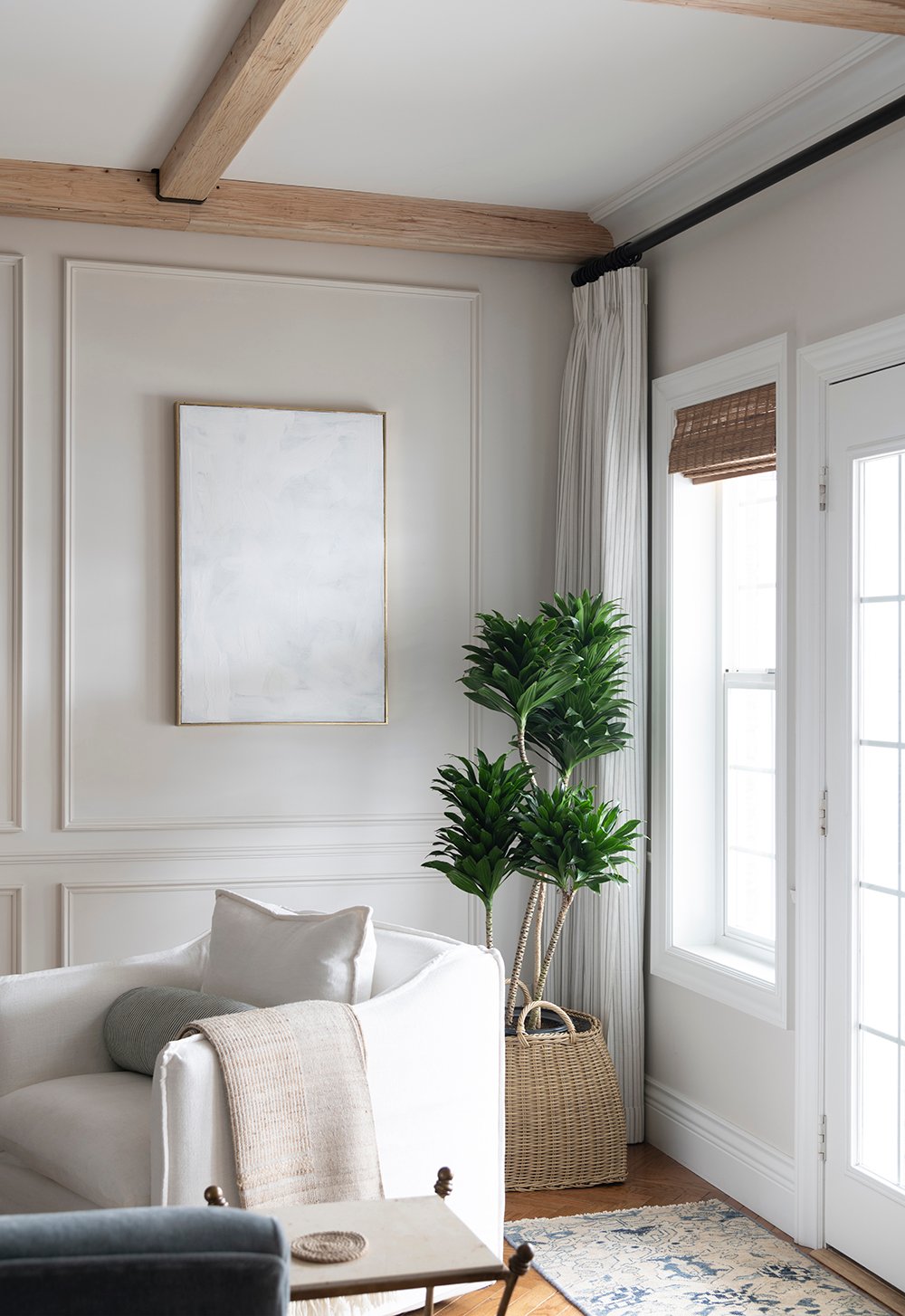The Best Low-Light Indoor Plants for Beginners and Busy Plant Owners
The Best Low-Light Indoor Plants for Beginners and Busy Plant Owners
Blog Article
Discover the Secrets of Low-Light Indoor Plants and Exactly How They Improve Your Setting
Low-light indoor plants have actually gathered enhancing attention for their unique capacity to enhance both aesthetic appeal and ecological high quality within work environments and homes. These resilient varieties, including the Snake Plant and Tranquility Lily, not only flourish in tough lights conditions but likewise play a critical function in air filtration and emotional wellness. Understanding the certain benefits and treatment requirements of these plants can considerably impact your living space. As we discover the details of their advantages, you may find insights that can change your environments in unforeseen methods.
Benefits of Low-Light Indoor Plants
Although many individuals assume that interior plants call for plentiful sunlight to thrive, low-light indoor plants offer a plethora of advantages that make them suitable for various atmospheres. Among the key benefits is their versatility; they can prosper precede with restricted all-natural light, such as offices, cellars, or areas with tiny home windows. This function permits individuals to improve their surroundings with plant, adding to improved aesthetic appeals without the need for substantial lights adjustments.
Moreover, low-light indoor plants can significantly enhance indoor air top quality by releasing and filtering damaging contaminants oxygen, making living rooms healthier. The existence of plants has actually been connected to better feelings of serenity and focus.
Furthermore, low-light plants typically call for less upkeep than their sun-loving counterparts, making them ideal for busy individuals or those brand-new to gardening. Their strength allows them to love minimal intervention, thus supplying a rewarding experience for plant fanatics and newbies alike. In summary, low-light indoor plants serve both visual and useful purposes, making them valuable enhancements to any type of room.
Leading Low-Light Plant Selections
Low-light indoor plants been available in a variety of species, each offering distinct qualities and benefits suited for dim environments. Amongst one of the most preferred varieties is the Serpent Plant (Sansevieria), understood for its air-purifying capabilities and building leaves. This resilient plant thrives on neglect and can endure a wide variety of light problems.
An additional exceptional selection is the ZZ Plant (Zamioculcas zamiifolia), which features glossy, dark environment-friendly leaves and is extremely drought-tolerant. Its flexibility makes it a favorite for offices and homes with limited sunlight.
The Pothos (Epipremnum aureum) is likewise a leading challenger, with its tracking vines and heart-shaped fallen leaves - Best low-light indoor plants. This flexible plant can be trained to climb or cascade, adding visual interest to any type of space

Care Tips for Low-Light Plants
Caring for low-light indoor plants requires a nuanced understanding of their particular demands to ensure optimal development and vigor. First, it is important to choose the right potting mix, as a well-draining dirt is crucial to avoid origin rot. A blend designed for houseplants, usually including peat moss and perlite, works well for most low-light varieties.
Watering is an additional vital aspect of care. Low-light plants generally official statement need much less regular watering contrasted to their sun-loving counterparts. It is advisable to examine the leading inch of dirt; if it really feels dry, it's time to water. Overwatering can result in difficulties such as mold and mildew and origin degeneration.
Fertilization must be come close to with care. Throughout the expanding period, a watered down fluid plant food can be used monthly, yet in winter months, several low-light plants get in inactivity and require little to no fertilizing.
Lastly, it is very important to regularly clean up the leaves to get rid of dust, enabling better light absorption. By adhering to these treatment pointers, you can cultivate a successful environment for your low-light interior plants, enhancing both their look and durability.
Enhancing Air Top Quality With Plants
Indoor plants play a significant role in improving air top quality within homes and office areas. Through the procedure of photosynthesis, these plants absorb carbon dioxide and release oxygen, contributing to a healthier environment. In addition, particular low-light indoor plants have the capability to filter damaging toxins, such as benzene, formaldehyde, and trichloroethylene, which are typically found in indoor atmospheres.

Furthermore, the existence of interior plants can enhance humidity levels, which helps alleviate completely dry skin and breathing problems, even more enhancing overall wellness. This capacity to enhance air high quality not only promotes physical wellness however additionally supports mental health.
Incorporating low-light indoor plants right into your living and functioning spaces can cause a more stimulating and vibrant environment (Best low-light indoor plants). Purchasing these natural air purifiers is an easy yet reliable strategy for improving interior air quality and promoting a much healthier lifestyle
Creating a Tranquil Indoor Room
The integration of plants into living rooms not only improves air top quality yet also adds to a relaxing ambience. Low-light his response interior plants, such as serpent plants and pothos, are especially efficient in developing a serene environment, as they prosper in problems that may or else be inhospitable for other click this link greenery. Their lavish foliage gives a soothing aesthetic, reducing stress and anxiety and advertising leisure.
Integrating these plants right into your office or home can evoke a feeling of peace and health. Tactically positioning them in locations where you invest considerable time, such as living spaces or work spaces, enables an immersive experience with nature, which has been shown to boost state of mind and cognitive feature.
In addition, the mild motion of leaves in action to air movement can develop a vibrant aesthetic component that boosts the total setting. Think about making use of a range of plant heights and structures to include deepness and passion to your space. With thoughtful placement and treatment, low-light interior plants can transform any area into a tranquil shelter, cultivating not just visual fulfillment however mental and likewise psychological wellness.

Verdict
Including low-light indoor plants right into different settings yields substantial benefits, consisting of improved air top quality and enhanced visual appeal. These sturdy varieties not only prosper in minimal light however additionally contribute to a soothing atmosphere, promoting emotional and psychological wellness. By choosing proper ranges and executing appropriate treatment strategies, individuals can effectively cultivate a calm interior space that fosters wellness and efficiency. The transformative power of low-light plants emphasizes their worth in enhancing both property and occupational setups.
Although several individuals presume that interior plants need plentiful sunshine to prosper, low-light indoor plants use a multitude of advantages that make them ideal for various atmospheres.Additionally, low-light interior plants can substantially boost indoor air quality by filtering system unsafe toxic substances and releasing oxygen, making living areas healthier. Furthermore, specific low-light interior plants have the capacity to filter harmful pollutants, such as trichloroethylene, benzene, and formaldehyde, which are generally located in interior environments.
Low-light indoor plants, such as serpent plants and pothos, are specifically effective in creating a calm atmosphere, as they prosper in conditions that may or else be inhospitable for other greenery.Integrating low-light interior plants into numerous atmospheres returns considerable advantages, including enhanced air top quality and boosted aesthetic appeal.
Report this page